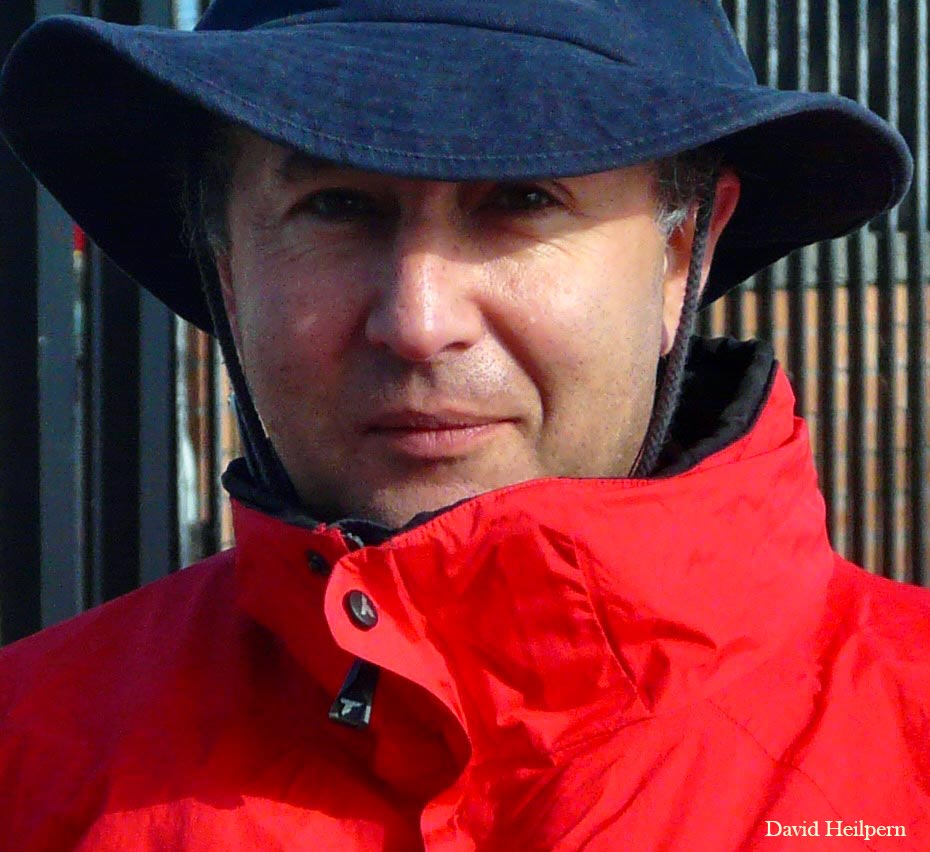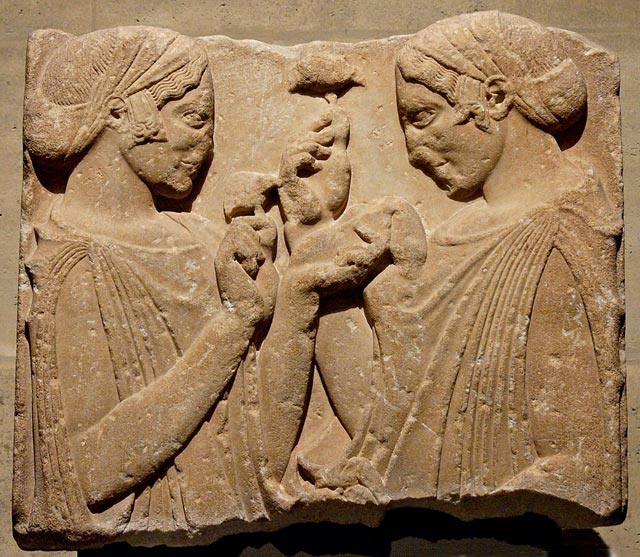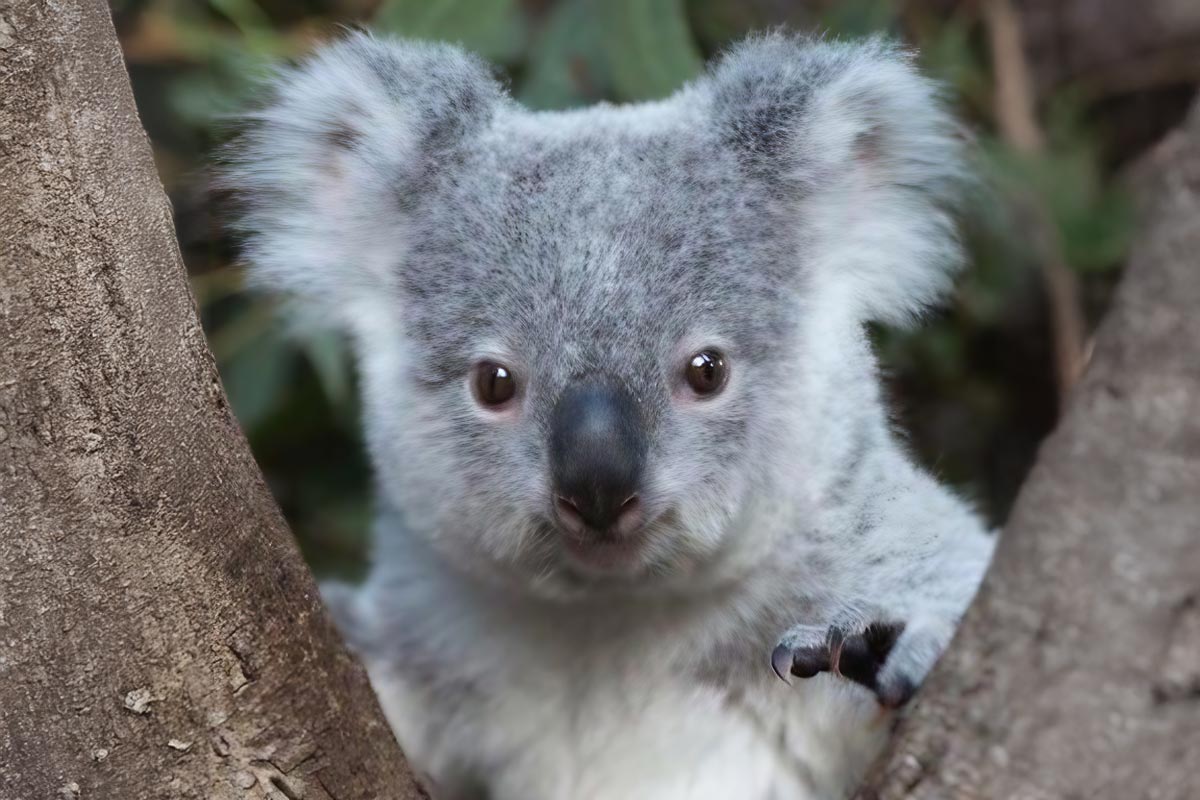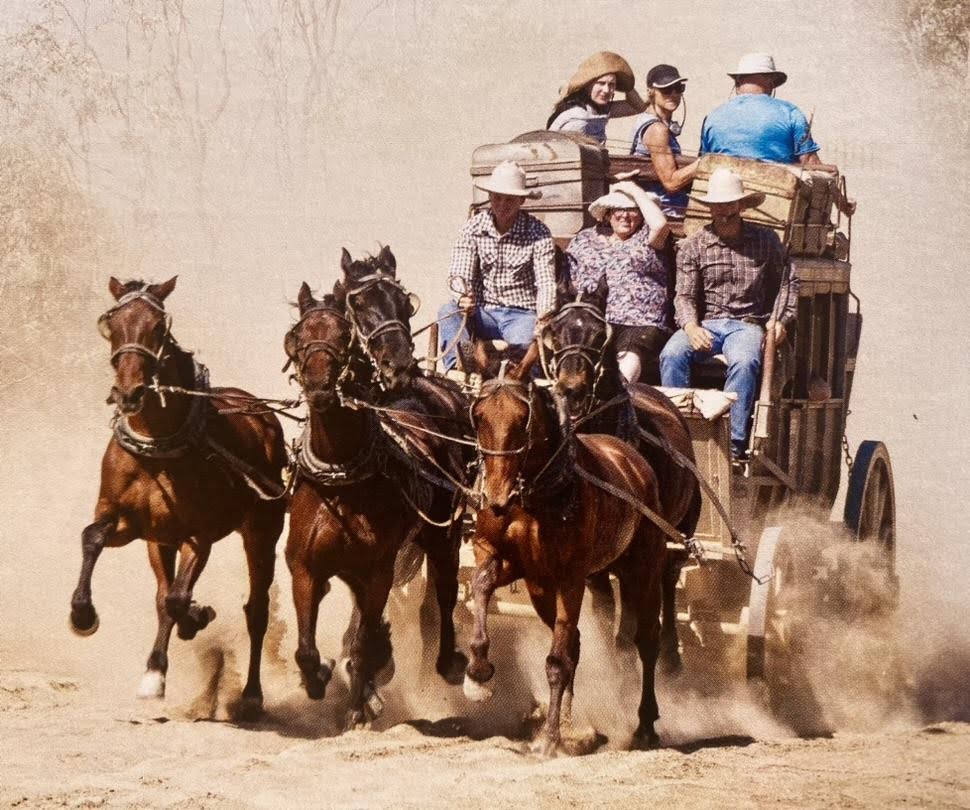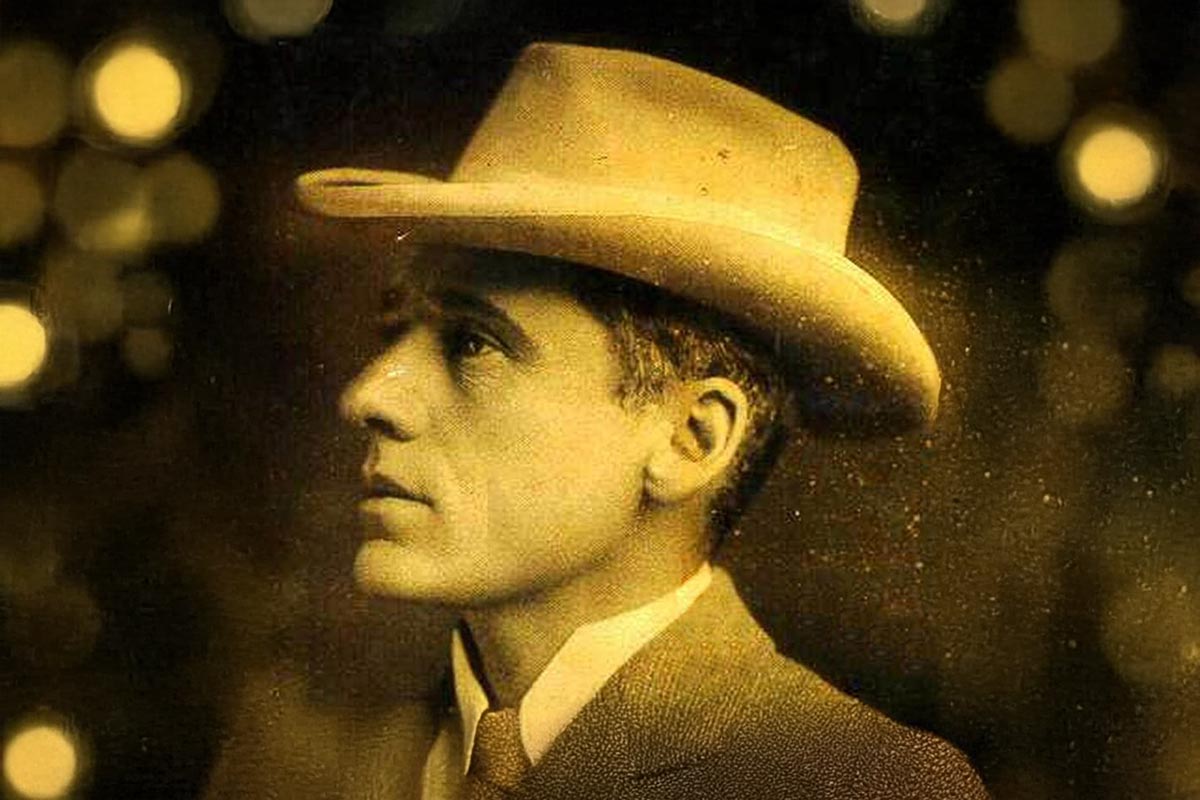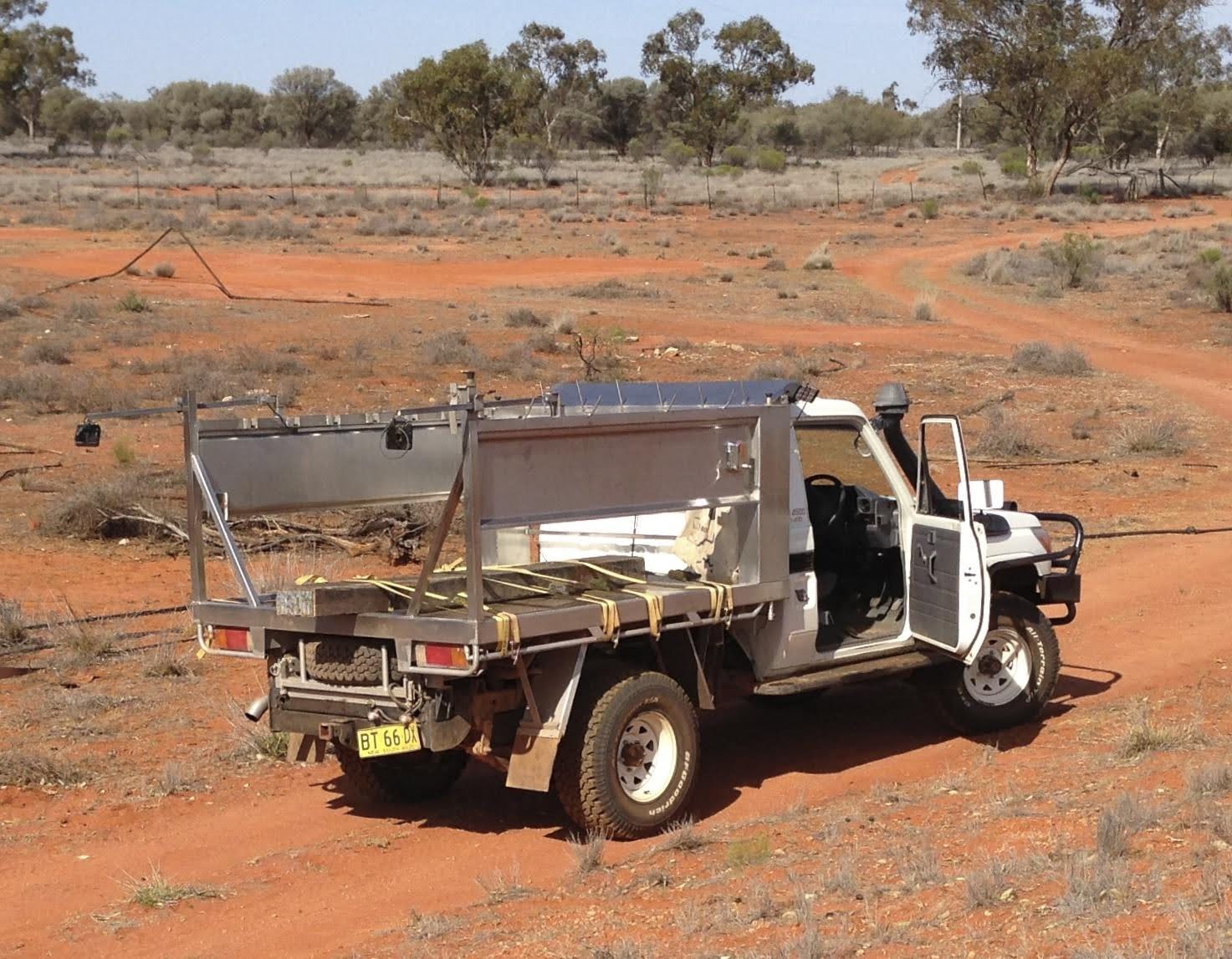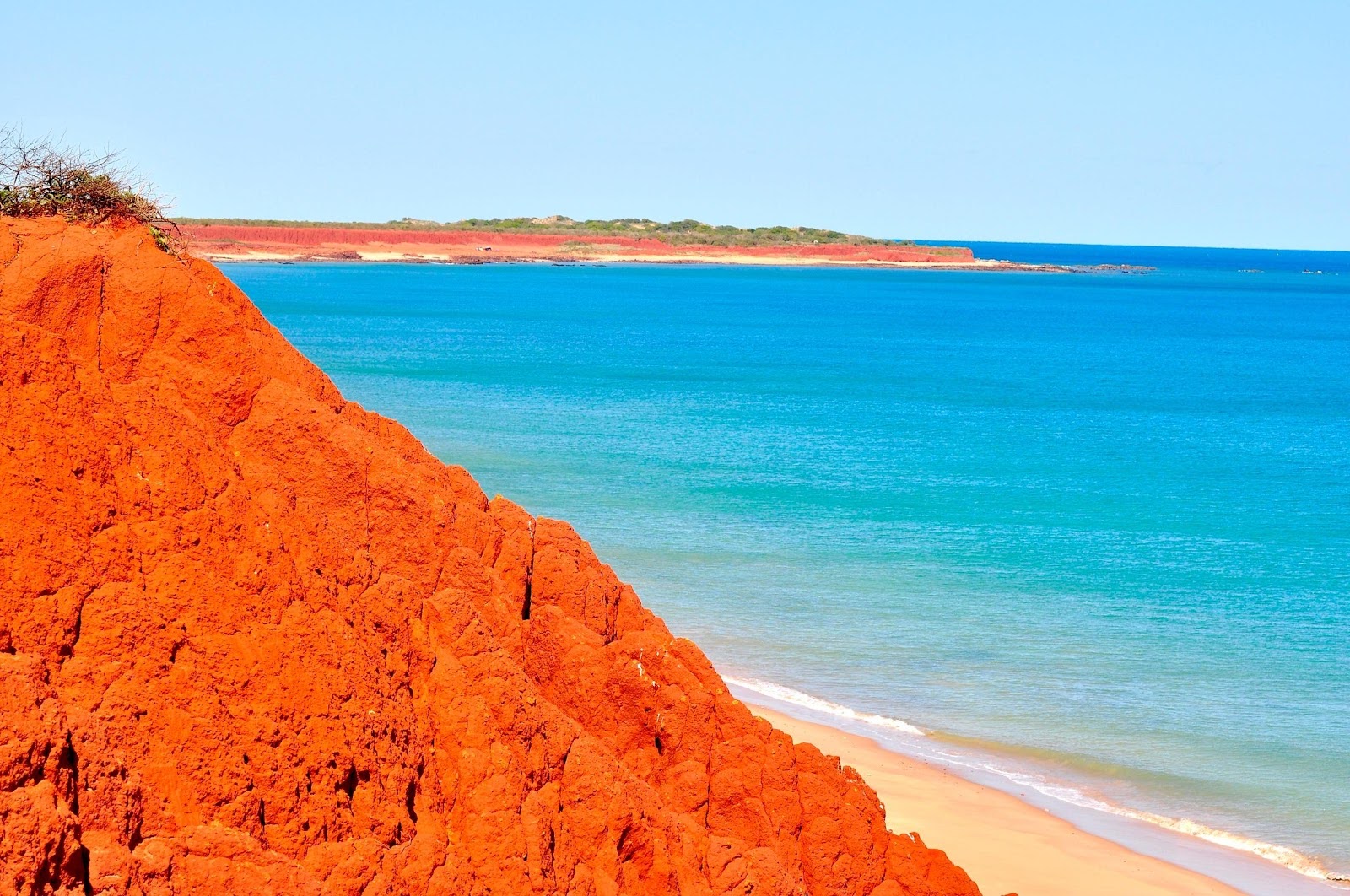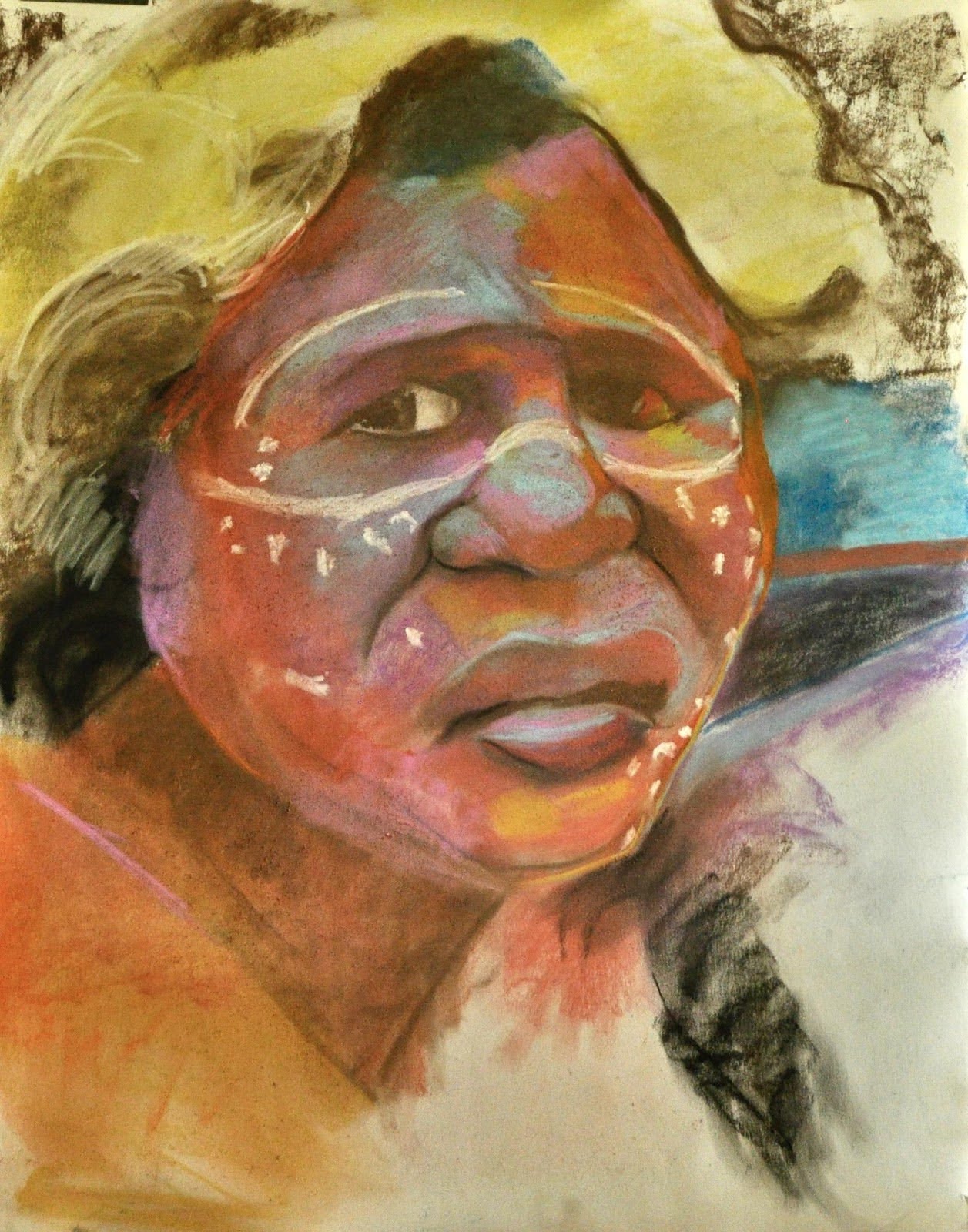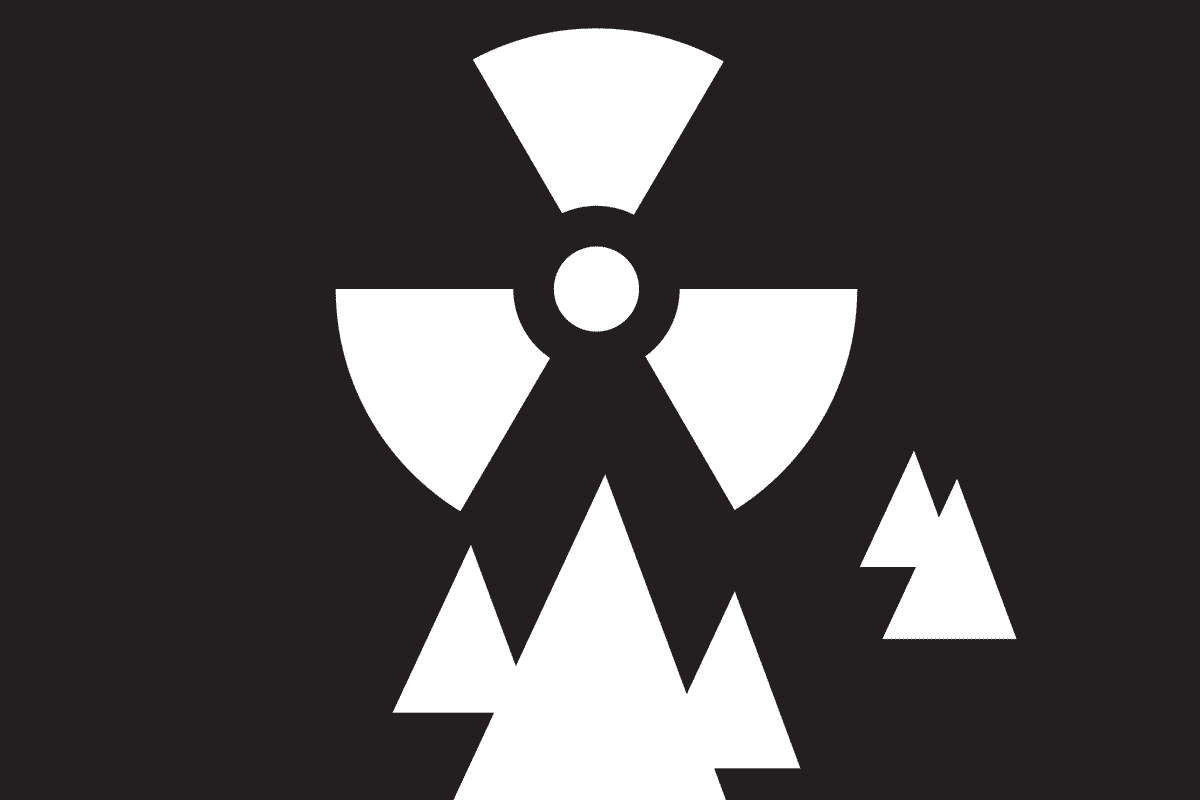The story continues from Timbarra.
I left Melbourne in a hurry to be with David Heilpern, a young lawyer, sub-dean of Law at Southern Cross University who was immensely helpful during the Timbarra campaign five years ago.
For nine months I lived in my truck in the Heilpern’s back garden, typing seventeen hours a day in David’s study, pumping up the issue with politicians and media. Over breakfast, David vetted my correspondence for defamation and other legal aspects.
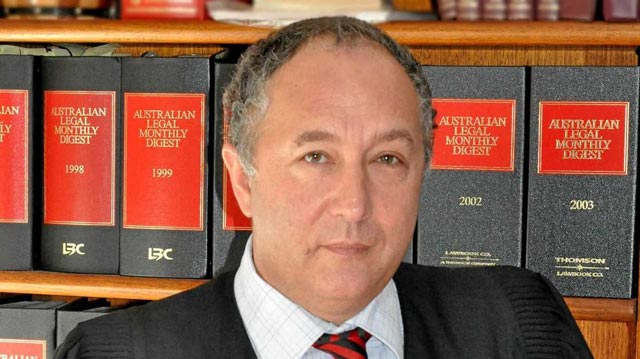
So successful was David in defending the environment and young activists that Bob Carr’s Labor government kicked him upstairs, making David an offer he couldn’t refuse. At 37, he became the youngest Magistrate ever in New South Wales.
His posting was to red necked Dubbo. There he sat in the dust with Aboriginal elders listening to their problems. When hearing Aboriginal matters in court, David left the bench for the bar table, inviting elders to join him there in determining the matter.
Police harass Aboriginal youth who retort, “Fuck off copper!”, to be arrested and taken into custody for offensive language, often with tragic results. Aboriginal deaths in custody continue to be a matter of great national shame.
In a famous case David found the “f-word” no longer offensive in the law. It’s in such common use. Disconcerted police of course appealed, but the Supreme Court upheld David’s carefully written judgement, setting a new precedent, disarming police.
Then David intercepted a letter to his 13-year-old son, Jacob, saying, “Tell your nigger-loving, Jew-boy daddy if he hasn’t left town by 1st March, he’s dead meat.” Signed, Ku Klux Klan, it could have come from others disaffected by his jurisdiction.
One night someone painted KKK in red letters six foot tall on David’s garage wall. There has been KKK activity in Queensland, West Australia and Casino, but who can be sure this wasn’t local police disempowered by David’s “fucking” decision?
After a two-day drive I reached Dubbo a day before David’s ultimatum expired. “I’m shit scared”, said David, “but I can’t run ‘cause if I do, I’ll be running for the rest of my life”.
Two armed guards from the Special Branch followed us everywhere. Nice guys, one was a black belt kickboxer practicing his kicks. The other said, “I just shoot the bastards”.
Assuming even the KKK wouldn’t be silly enough to shoot the wrong guy, I slept in my van, “Ganesh” in David’s carport. We swam with his boys and their Aboriginal mates in the muddy Macquarie River swinging on ropes from overhanging branches.
In Dubbo I read “To Kill a Mockingbird” relevant to David’s family and re-read “The Crucible”. “The Poisonwood Bible” by Barbara Kingsolver, sending up missionaries in Congo, I found too cluttered with domestic trivia adding nothing to the story.
I was also reading our systematic and secret genocide of Aboriginal people, resonating with Hitler’s holocaust, first in “Blood on the Wattle – Massacres and Maltreatment of Aboriginal Australians since 1788” by Bruce Elder.
After a wonderful chapter on life in the Sydney basin at the time of white settlement, Elder covers atrocities across the continent. It’s a classic, better than Henry Reynolds’ academically cautious “Why weren’t we told” and “Whispering in the Heart”.
“Pemulwuy – The Rainbow Warrior” by Eric Willmot is a heroic story. Dispelling white propaganda that our natives were too weak to resist invasion, it recounts Pemulwuy’s twelve-year guerrilla war against the British, even taking Paramatta.
“Baal Belbora – The end of the Dancing – The Massacre of a Peaceful People” (1988) by Geoffrey Blomfield has a stunning description of pre-European life on the Macleay River and horrific accounts of white atrocities.
On circuit with David to remote Condobolin, I worked in his judicial chambers while David sat in court. Continuous peals of laughter came through the open door. While there we heard the news that the Timbarra open-cut cyanide gold mine was to close.
Ross Mining cleared enough forest for twenty leach heaps but built only three. The mine was in operation for only three months. The miner never fulfilled its false promises of jobs for the local workers and a booming local economy.
It was the first time Australians opposed a gold mine. It was the first time an Australian gold mine went to final closure. Timbarra was this first mine opposed by indigenous people to be closed.
This astonishing outcome cautions approval authorities and developers. It could have repercussions for Jabiluka uranium mine in the Northern Territory. For a nation founded on gold and mining it seemed like a cultural turning point.
In this Timbarra campaign, we had the most exciting fun and we seemed to have backed a winner. Our wildest ambitions seemed fulfilled, in nudging dominant culture, however slightly, towards sustainability.
Apart from the great spirit of the sacred Timbarra Mountain itself, the falling price of gold helped our ferocious, eight-year, David and Goliath battle in and out of court. But Australia was founded on a gold rush, its laws drafted accordingly.
Europe’s worst environmental disaster since Chernobyl, the disastrous Romanian cyanide spill into the Tiza and Danube Rivers also helped. Cyclonic rains at Timbarra with toxic spills into the river and fish kills downstream, helped too.
The stark conflict of values, between gold epitomising hoarding culture, and water symbolising life, touched the mass psyche making Timbarra a rallying point for environmentalists.
Or so it seemed until hearing that the Federal Gold Imputation Fund had advanced to the miner bullion equal to its demonstrated reserves of the precious metal in the ground. This news confirmed our worst apprehensions.
Our campaign had brought wave upon wave of heroic young activists. Risking their lives on blockades, some were beaten, injured or arrested. Our campaign and relentless litigation by Native Title stakeholders cost the miner tens of millions.
The Timbarra campaign generated a cultural flowering of song dance painting screen printing, writing, live storytelling, film, cooking, community and personal growth. The people were empowered. “Healing the earth, we heal ourselves”.
Mountainous heaps of crushed granite ore were collapsing into wetlands and waterways. Poison water was pumped into the bush from dams, brim full on the raw clay exposed on the mine site.
Engineered on a ‘once-in-400-year-rain-event’, based on the miner’s faked rainfall data, the mine got two such rains in five weeks that year. There were eight incidents of pollution including a couple of minor cyanide spills into the Clarence River.
Holding ‘approval authorities’ as responsible as the developer, activists with a public address system ran People’s Courts in streets, outside offices of the Minister for Mines the EPA (Environment Protection Authority) and the mining company, Delta Gold.
Delta Gold had bought Ross Mining a week before civil war flared in the Solomon Islands over Ross’s Gold Ridge Mine there. Local people were “relocated”. Downstream water users were jeopardised and foreign labour replaced local workers.
With crowds and media gathering, Graeme Dunstan called on “cyanide criminals” to “come out and face the people”. Simon Smith, Regional Manager of the Environment Protection Authority, who had signed approval for the mine couldn’t face the people.
With amplifiers shaking Smith’s office windows Graeme thundered, “Simon Smith, your children at home are watching this on television. They and their children and their children’s children will curse your name for approving the mine.”

Smith wept in his office. A 6’ enlargement of his signature burned for television cameras outside. His deputy rebuked Graeme for the personal attack. Graeme retorted, “Smith approved the mine knowing rainfall data was faked”. The deputy apologised.
Chief executives of Delta Gold proposed community consultation about making the mine safe, but Graeme retorted, “Forget it. The mine is over. If we don’t have firm assurance of mine closure by Easter, we’ll occupy the mine site.”
This was a too painful reminder of the miner’s downfall in the Solomons. With burnt fingers, Delta hasn’t paid a dividend for two years. Delta could go to the wall for its ill-considered purchase of Ross Mining.
When Dubbo police advised David his life was no longer threatened, I drove another two days to Timbarra, spending a day photographing the devastation. On breaking cover for a snap I was chased four times by security guards on 4X4 motor cycles.
Shouting “Hey you!” they wouldn’t follow me into dense forest, where I rested till they puttered away. You’d have loved the fun, like ferals playing ‘black wallaby’ with loggers.
While ferals snarled, “Miners don’t give a rat’s arse”, we were negotiating mine-site cleanup and rehabilitation. We wanted leach heaps of crushed rock returned to open cuts from which they came. We wanted no introduced species for stabilising erosion.
We wanted re-planting with indigenous species from seed collected around the site. We wanted the miner’s false public relations of “world’s best practice ” and “state of the art mine” to be fulfilled at least in it’s closure. Peter Hardwick supervised cleanup.
We wanted a model of restoration, a memorial to the folly of cyanide mining, particularly in high rainfall areas and on a catchment. There were calls for a conference centre, or a theme park on the ecology, its violation and restoration.
We wanted cyanide mining banned. We were still running “Gold-busters”, an international campaign against cyanide mining and against wearing gold, which like furs adorns those with little awareness of its environmental costs.
An Easter Timbarra Festival at base camp evoked atonement, resurrection and re-sanctification. Holding hands in a circle at the mine gate, with few words but thanks, we then waved banners and branches of smoking gum leaves, while police sneered.
Leaving before police ushered all activists off the mountain, I hid in dense undergrowth till the police passed by, then doubling back behind them got a discarded sign, previously at the mine gate.
Scrupulous during the campaign, to sabotage nothing, we carried this trophy back to town after good food, chai, music, dance, and fireside story telling. Back in camp as ‘the old man in the background’, I enjoyed that role in a deck chair in the sun.
